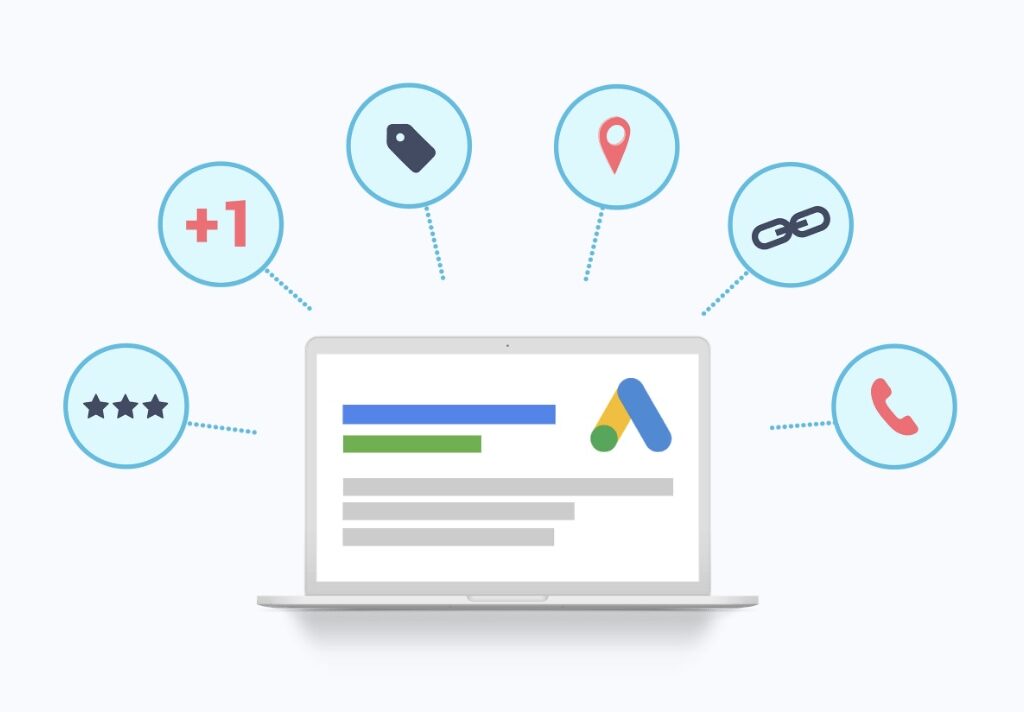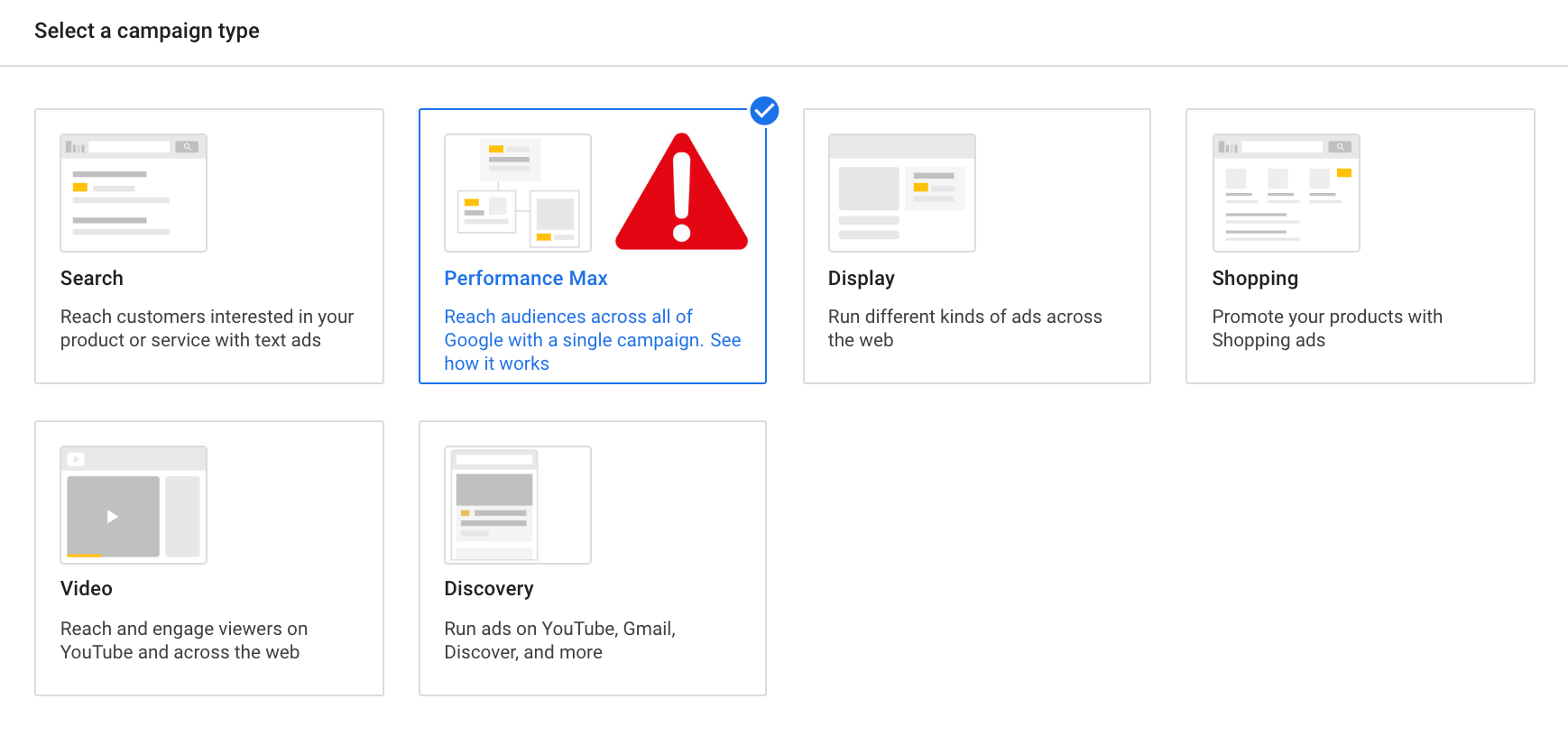Here are the facts: Google announced that automated extensions will be able to show alongside the manually added extensions. Updates are coming to sitelink, callout, and structured snippet extensions. However, there’s always some fine print in Google’s glowy improvements.
How was your experience with Google extensions so far? Which extensions do you think are most effective?

At Quantikal, we like to use different extensions and analyze them in comparison to non-brand base search ads (ads that show without any extensions). With our top client, we can compare call, image, and callout extensions to our base click-through rate (CTR), which was 4.5%*. Our call extensions ads showed a 7.7% CTR, image extensions a 4.9%, and callout extensions 6.2%. In general, we see that extensions do create opportunities for a lift in CTR. Therefore, we believe that a proper setting for extensions needs to be in order, and that’s why we care about any feature that Google decides to put out in this area.
These Google changes are soon to be available in mid-March. Let’s take a closer look at the details, shall we?
Previously, if your ads had manual extensions created, your ad would only be eligible to show those. With this update, your ad would now be able to show your manual extensions and automated extensions simultaneously. This is another ongoing automation move from Google, trying to provide ads with more tools to allow advertisers to increase their ad’s CTR. Keep in mind that your account must be opted into automated extensions to show. You will be able to pause or remove any automated extension, allowing easier management of your campaigns. You can now identify which extensions were created manually and which ones were automatically created by Google.
With this new feature, ad eligibility will change. Extensions are eligible to show if Google’s machine learning algorithm predicts that your ads will improve performance. As always, Google assumes that advertisers prefer their machine algorithm above their team-created ad version. Are we sure that their algorithmically generated ads are failproof?
Google’s constant push towards automation means that advertisers will continue to give up control for easier implementation. To give you more intel, we want to share some of our experiences with Google automation tools gone awry.
At Quantikal, we had some mishaps recently with Responsive Display Ads (RDA). With this format, Google allows you to upload a series of headlines and descriptions so that the algorithm can automatically mix and match to optimal combinations. However, we found an example where the combined ad headlines were missing a critical piece of information. In this particular case, we were selling car tires through RDAs with an automobile accessories client of ours that has many important financial offerings. Things went amiss when we realized that the combined ads listed out these financial offerings without detailing that the product was a specific car accessory and not a car itself, so the ad was easily mistaken for a new car advertisement.
Google’s faulty ad combination algorithm could never figure out if the ad created with this method makes actual sense. This automation feature does not allow advertisers to anchor specific titles that they want to make sure are included, so sometimes the main product descriptor is missing to create an effective ad. Today, still, machines can’t grasp semantics as well as humans, so clearly there are limitations to these types of automation.
So, creators beware: although these changes allow for easier management and visibility regarding the automated extensions created and allow higher lift in performance, you must review extensions in their final stage, as it would be shown to the consumer to make sure it all makes sense.
Without fail and as we always do, we will review these features and analyze them as soon as they hit the market to keep you in the loop of Google’s changes. Stick around!
*Quantikal MCC Google Ads aggregated account data from different client 23/01/2022 to 21/02/2022

